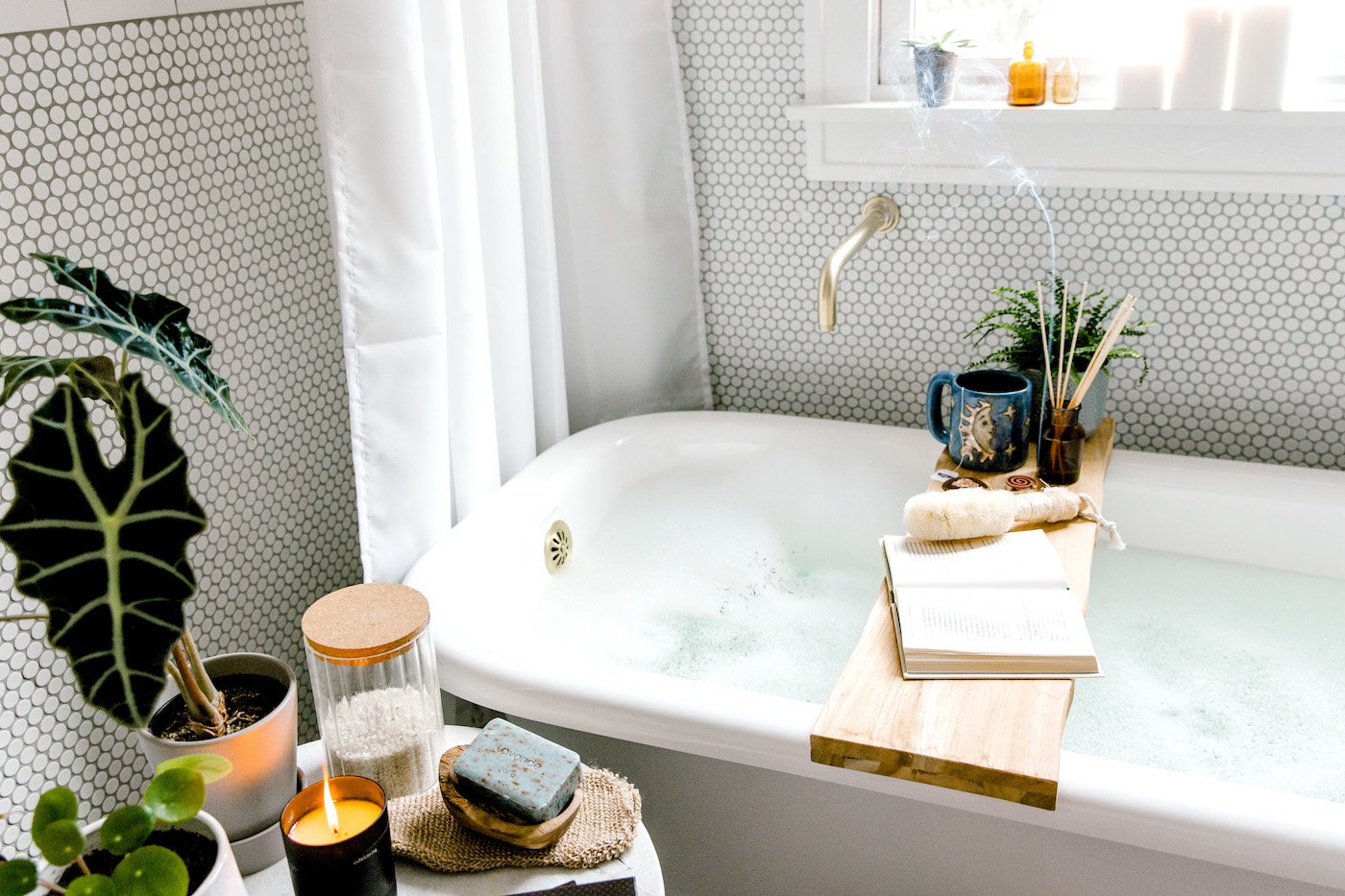If I had a dollar for how many times my New Balance sneakers have circled Lady Bird Lake Trail, well, let’s just say I could afford a lot of new trainers. I was brought up to believe that physical exertion is the secret to simultaneously bettering your body and your brain. The idea that a good sweat could overcome any bad mood or serve as a reset for the kind of day that feels like it chewed me up and spit me out is one that I hold onto tightly.
Exercise is my therapy. My yoga mat could literally charge me a counseling fee for the number of hours I’ve spent on it, feet moving up and down the length of its smooth surface, my soles cushioned and grounded while I work out the concerns and hangups that naturally come with the territory of being an emotional human being.
In fact, the more I break a sweat, the better I feel. I actually choose to take my neighborhood podcast walk in the dead heat of the day so I can release the most tension and toxins possible.
Lately, as the Texas sun beats down and my eyes sting from SPF-laden sweat droplets, I’ve wondered, is there a reason why I feel exponentially better about my frame of mind, my physical self and my life perspective after a good sweat?
My curiosity inspired me to lean on two experts to help wring out the reasons why the act of perspiring is so beneficial. First, from Dr. Nisha Khanna, M.D., a board-certified internist who specializes in functional Ayurveda; and then from fitness guru and trained chef, Erin Stewart who is the founder of Savor + Sweat. Both reveal why we should be sweating both the big, and the small stuff for our physical and mental health.

Dr. Khanna, what exactly is sweat and what is it made of?
Sweat is an electrolyte solution, mostly water, salt, some sugar, products of protein breakdown, and small amounts of toxins destined for excretion.
Why does it smell?
It doesn’t inherently smell, only when it mixes with bacteria particular to the sweat glands located in the armpits and groin, and these bacteria ferment the sweat into malodorous compounds. Anything that blocks the release of sweat, such as antiperspirants and deodorants (yes, even natural ones) will eventually lead to smellier sweat because now the sweat and bacteria are trapped and fermenting under a film of product.
In Ayurveda, the more toxic a person is, the more their sweat smells. This is because sweating is one of the three primary daily detox pathways. These three are sweat, urine, and stool. Also, certain constitutions in Ayurveda are prone to fermentation and have smellier sweat at baseline. However, regardless of the innate constitution, in someone with strong digestion and optimal detox, neither the sweat, urine, nor stool should have a strong odor to it.
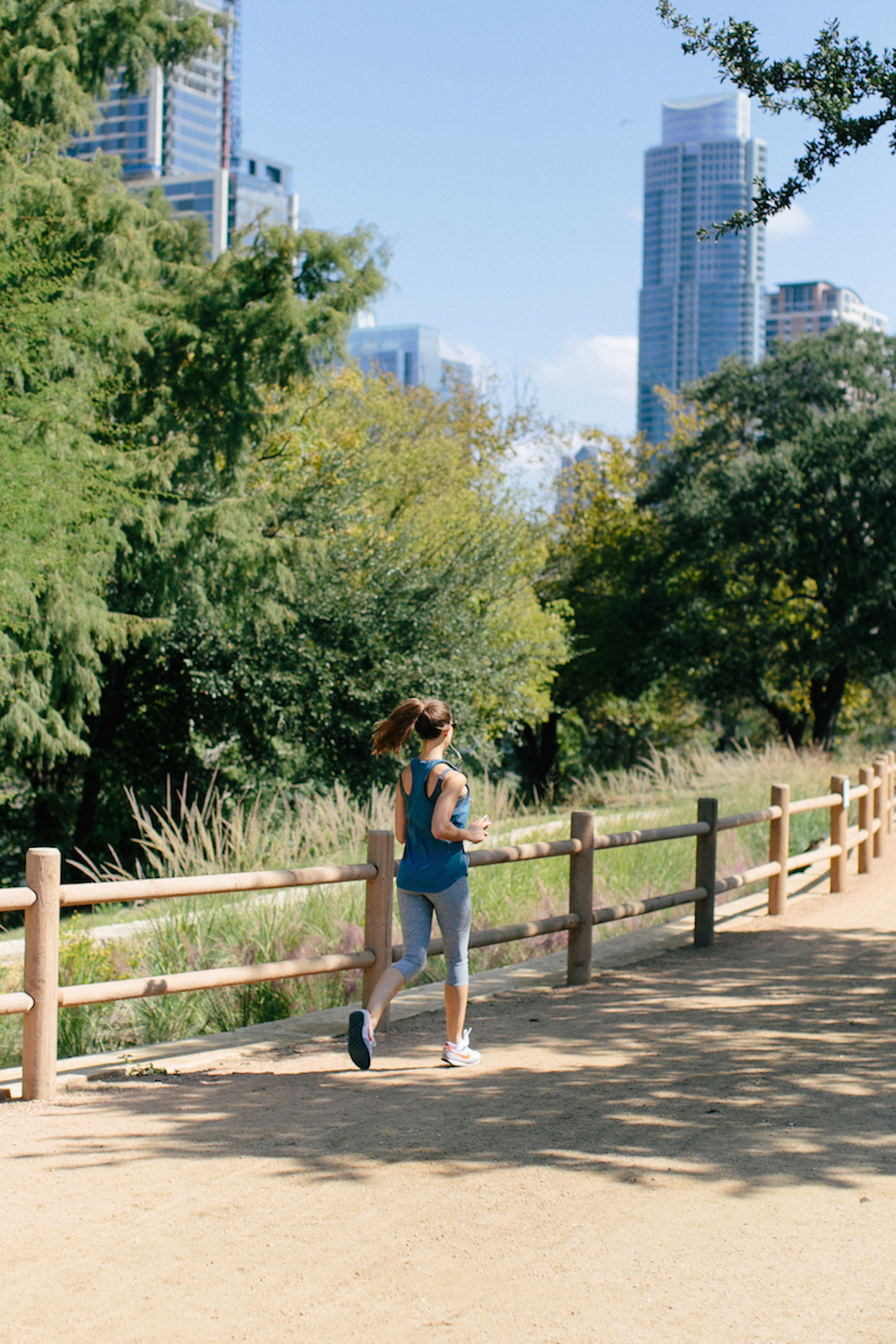
What are the benefits of sweating?
Detox and a leaner physique. For optimal function, it’s great to sweat daily for 20-30 min. In Ayurvedic anatomy, sweat is a waste product from fat cell metabolism. Fat cells hold toxins and increase in number with toxic burden. S
Sweating helps both detox fat-soluble toxins and increases fat cell loss.
Is there such a thing as sweating too much or too little?
Yes. If one sweats too much, they will feel weak and depleted. This is primarily due to electrolyte loss. Of course, fluid loss also plays a role. Interestingly, electrolyte repletion is also the primary means of hydrating because water follows salt. That’s why rehydration solutions contain some salt and sugar because water is best absorbed with electrolytes.
Too little sweat can signal metabolic disorders such as low functioning thyroid and metabolic diseases of excess, where the sweat detox pathway becomes blocked by toxins and excess metabolic waste.
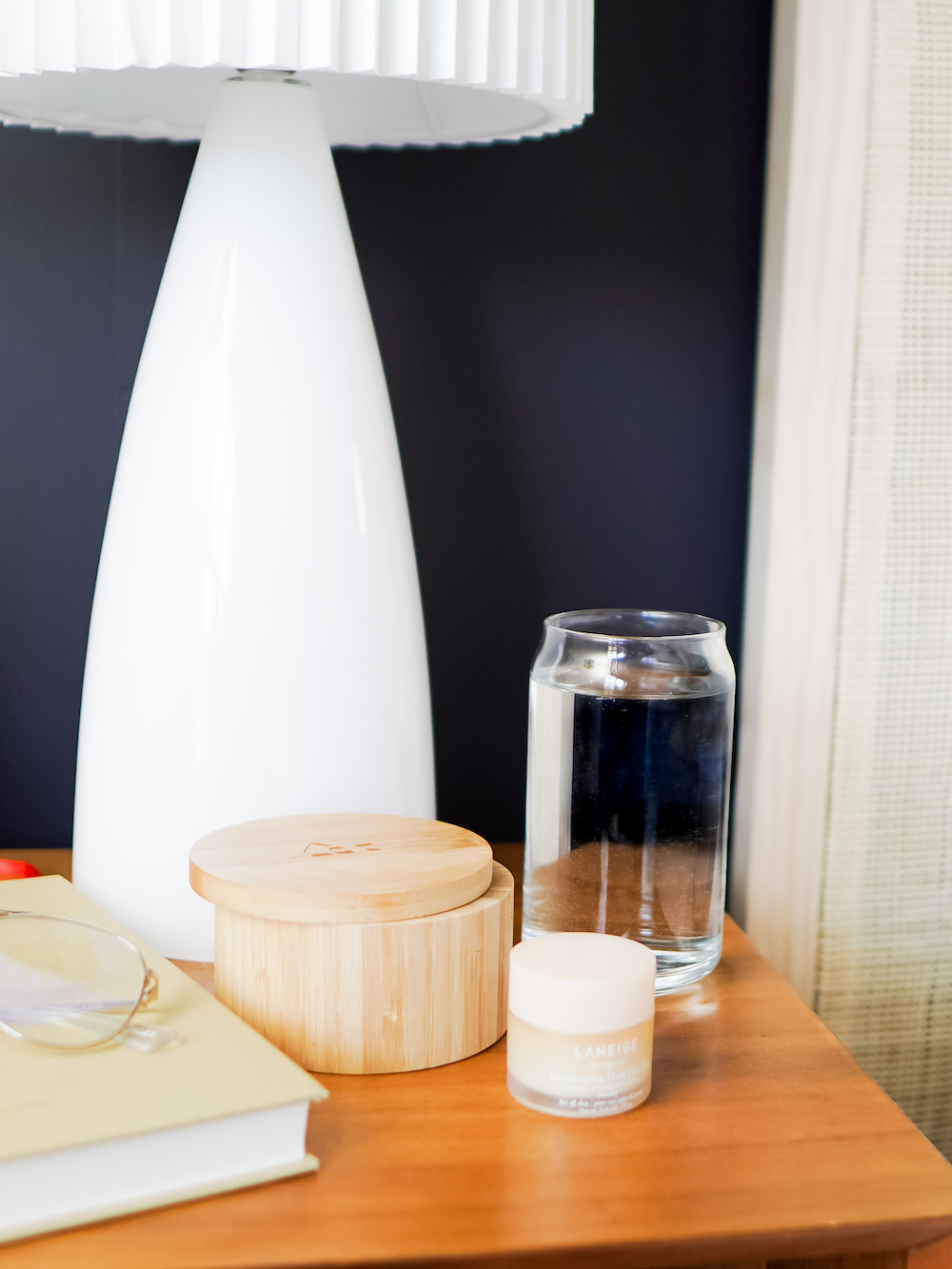
How should we counteract fluid loss during and after sweating?
A rehydration solution. This could be a homemade limeade to avoid artificial coloring and ingredients with water, lime, rock salt, and dark maple syrup.
What are your thoughts on antiperspirants?
I typically don’t recommend them for several reasons:
1) Smellier sweat when not using them.
2) Increased heavy metal burden with aluminum-based antiperspirants.
3) The loss of a daily indicator of how your body is digesting and detoxing. Let’s just say, you may catch me sniffing my armpits to see if I need to up my detox or do a day of cleansing.
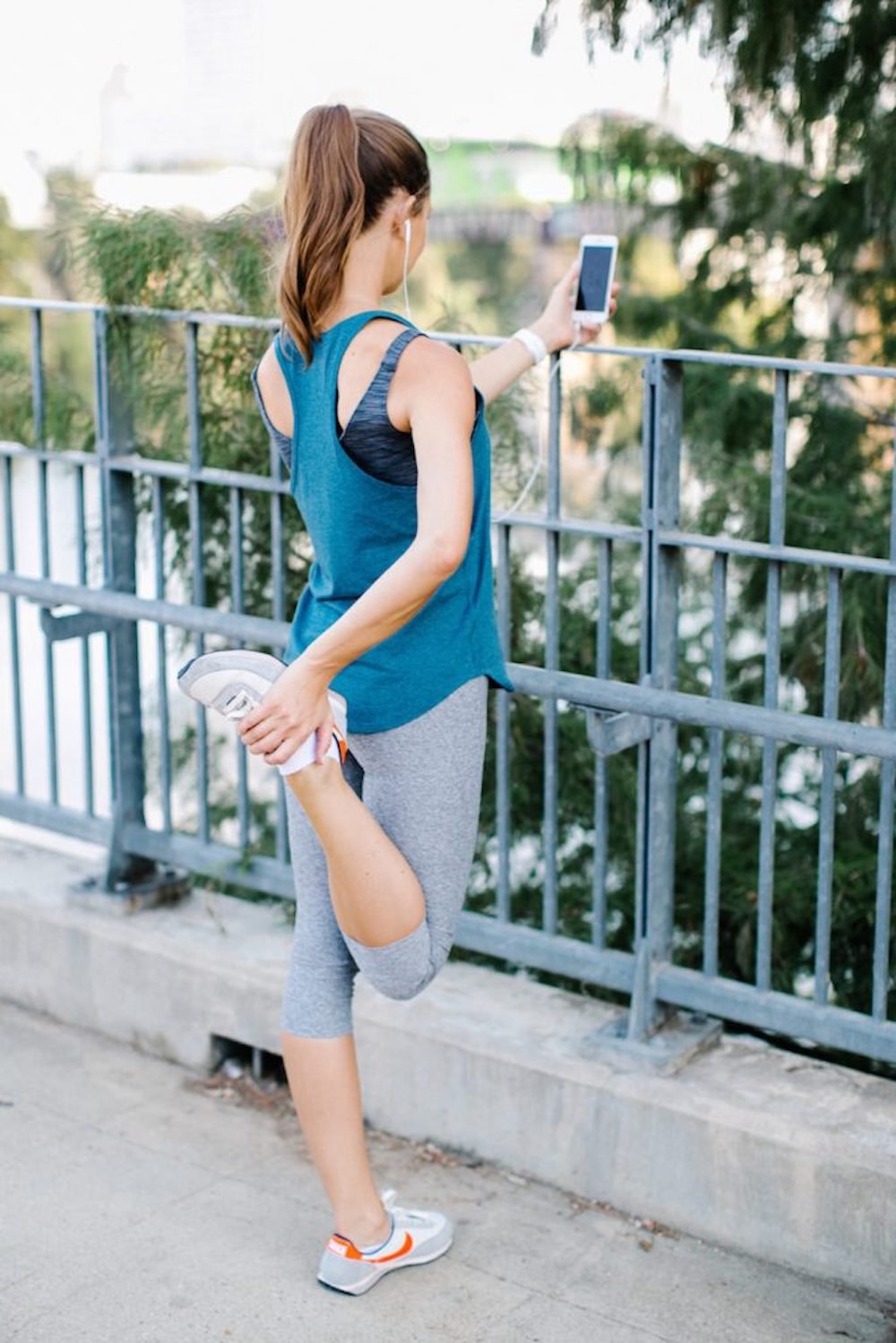
And Erin, tell us why you love a good sweat sesh?
Sweating is our body’s mechanism to cool itself. Our skin is the largest organ and essentially our third kidney. The act of sweating helps us filter toxins out and cool our body to maintain proper temperature.
When we sweat good things happen: circulation increases and we release toxins to help the body detoxify, ultimately resulting in reduced stress, healthy skin, and stronger immune systems.
What are your tips for how to best sweat it out?
The best way to get your sweat on all starts with a mindset. Your output depends on your input and your mind has a powerful way to create your day. Wake up with the mindset that you’re going to be active that day. Then put on your favorite athletic apparel. Dress the part. Eat well. Treat your body well. You get it.
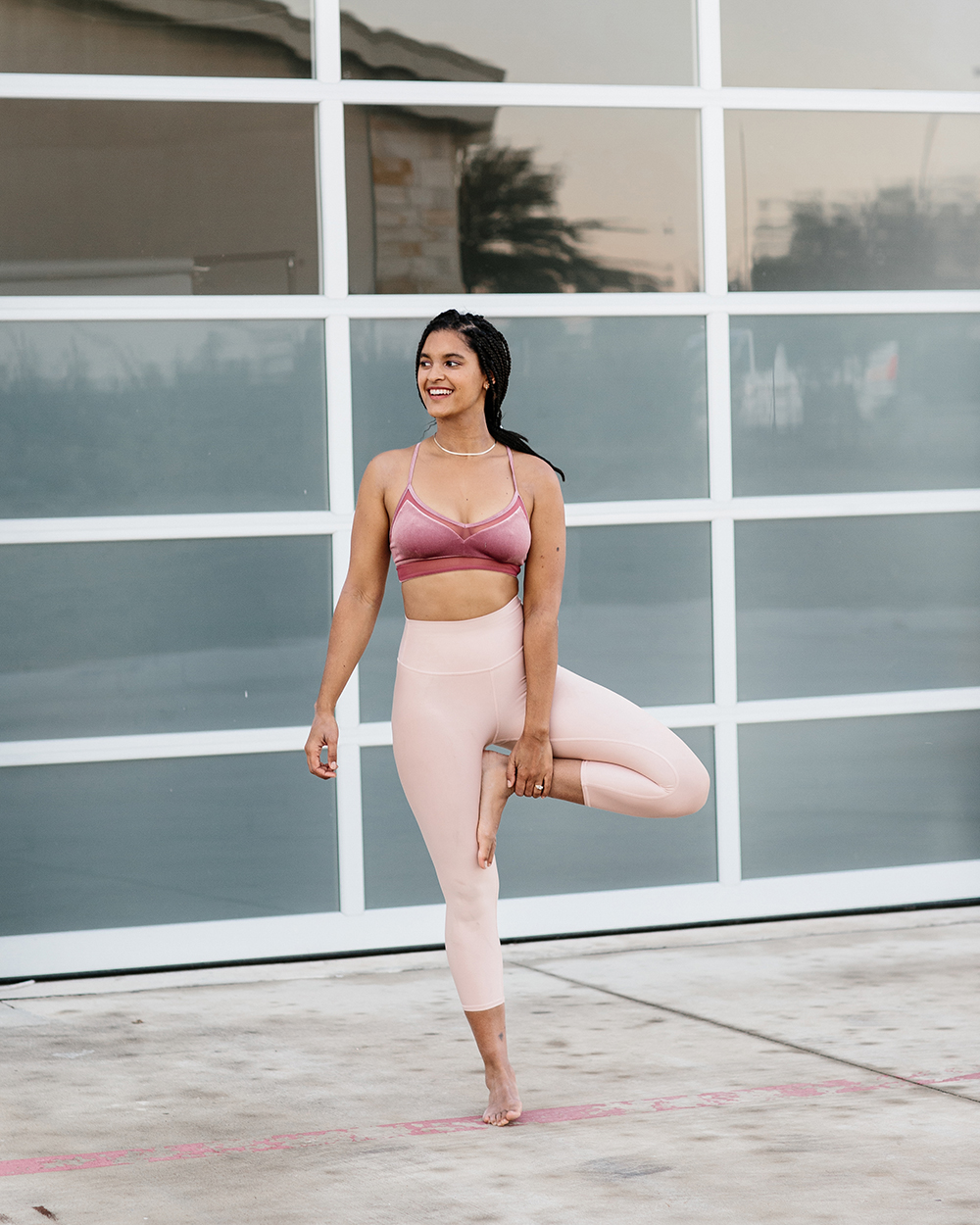
But let’s dive into specifics… I consider the best ways to sweat stem from three main sources: exercise, food, and induced heated environments.
1. EXERCISE DAILY:
- Exercise brings sweat and joy. Moving your body every day, whether it’s 10 minutes or an hour, is the most beneficial thing you can do for yourself to boost endorphins, the feel-good hormone that naturally releases during physical activity, and sweat out toxins.
- When it’s warm, workout outside. When we sweat, we open our pores, on a sunny day, we naturally take in more Vitamin D during this process. Take a walk, do stand up paddle board, a bike ride, or play your favorite fitness app outside.
- Dance cardio classes bring your sweat on while having fun. Music-driven workouts are proven to be more effective in the sweat department. When your mind and body are connected and you allow yourself to let go and be present, you invigorate your soul and through the sense of a moving meditation.
- Barre is a style of training that combines ballet with Pilates. It’s suitable for any fitness level and designed to progressively define and strengthen your body. My Athletic Barre classes take classic barre moves up a notch with high-intensity training so you break a sweat and get more from your workout.
- HIIT workouts are repeated intense bouts of work interspersed with periods of recovery. HIIT stands for ‘high-intensity interval training’. The key is that you work out hard to get out of breath with each interval. The moves can vary, but the sweat results are high.
- Yoga connects postures with continual movement to find a flow without rest periods. With this never-rest mentality, perspiration happens gracefully and strong.
- Spin class takes the bike ride to a whole other level. Put 25 people moving on stationary bikes with pumping music and a motivating instructor in one one room together, the sweat factor is hard to avoid!
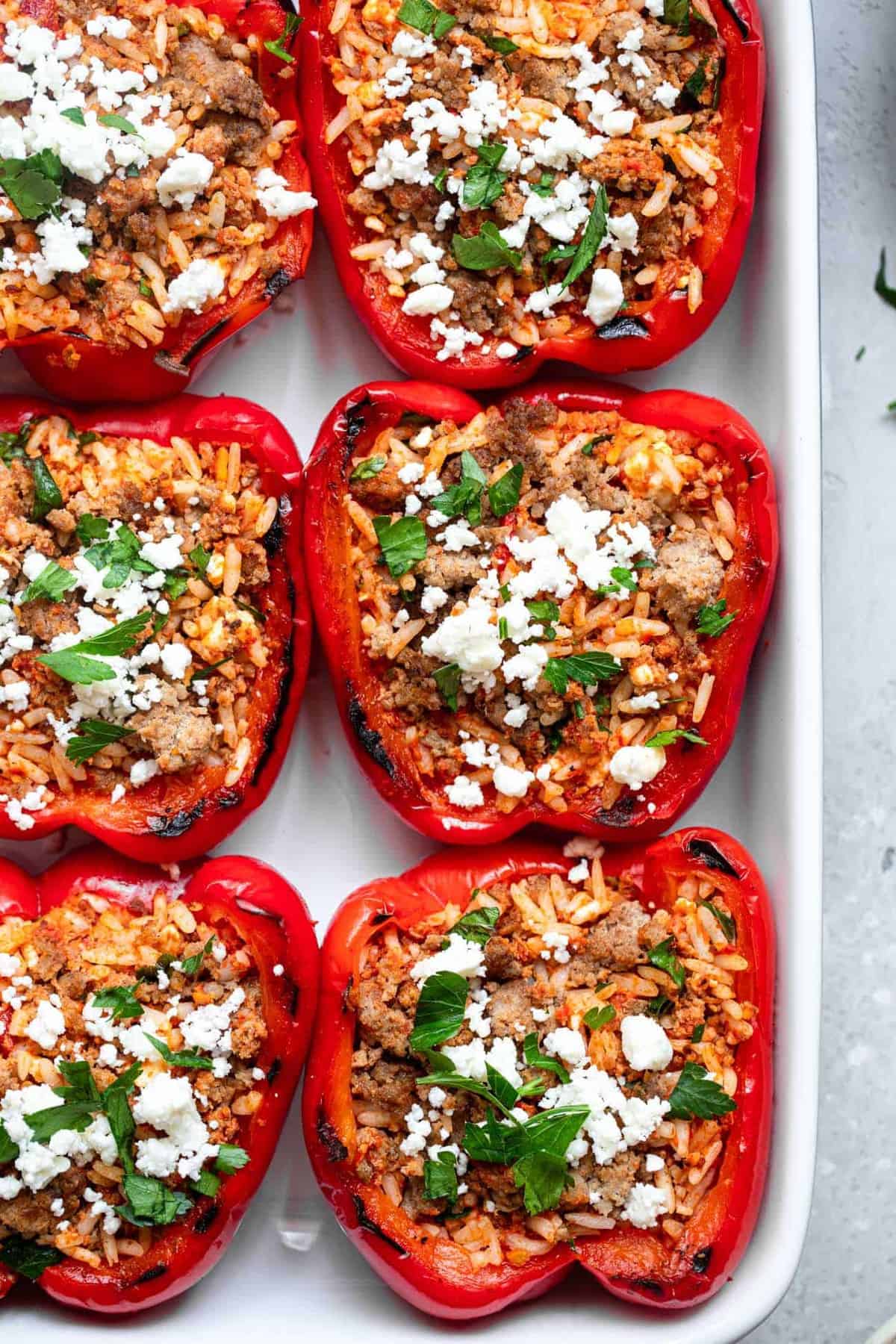
EAT FOODS THAT INCREASE CIRCULATION, DIGESTION, AND ENERGY LEVELS:
- Capsaicin has been shown to enhance both blood and chi circulation and increases body temperature. The quick temperature rise causes perspiration, which cools the body back down. You can find capsaicin in chiles, mainly the white, placental tissues where the seeds are attached. Chilies also invigorate the stomach, aid in digestion, diminish swelling and have antioxidant properties.
The recipe:
Roasted Wild Salmon With Citrus, Chiles & Herbs - Bay leaf helps regulate blood circulation and cold conditions. Steep bay in water and drink the tea to help promote sweating and break a fever.
- We know cilantro as an herb with a very distinct ‘love it or hate it’ flavor. Its healing properties go far beyond that as a digestive aid that soothes inflammation and headaches, and also is a diaphoretic and treats fever.
The recipes:
Roasted Cauliflower Tacos with Cilantro Pesto
Southwestern Superfood Salad - Kudzu is used as a natural thickening agent, replacing cornstarch or arrowroot in recipes. It has been known to ease digestion and inflammation, among a long list of other things such as helping to treat menopausal and perimenopausal symptoms like hot flashes and night sweats due to its estrogen-like characteristics.
The recipe:
Sleepytime Cherry Gummies With Kudzu - Lemongrass is most popularly used in Thai and Vietnamese cuisine cools, and medicinally it aids in digestion.
The recipe:
Coconut Chicken Curry with Sweet Potato and Lemongrass - Oregano is a mint relative and has antioxidant and antimicrobial properties, aids in digestion, and can helps prevent gas. It also supports healthy liver function and perspiration.
The recipe:
Zucchini Lasagna With Vegan Ricotta - Garlic is pungent and sweet in favor and with potent medicinal properties that can combat sickness, reduce blood pressure, improve cholesterol which in turn lowers heart risk disease, and even improve athletic performance by reducing exercise-induced fatigue.
The recipe:
Garlic Shrimp Spaghetti - Peppermint is cooling and stimulating thanks to several essential oils including menthol, menthone, and limonene which help to relieve digestive upset, tension headaches, clogged sinuses, improve energy, and relieve cramping (especially during menstrual cycle).
The recipe: Pea Salad with Mint and Microgreens
TRY INDUCED HEAT:
- Bikram Yoga promotes sweating in classes consisting of 26 fixed yoga postures practiced in a heated room set to 105 degrees. This is meant to improve lower body strength, range of motion and overall balance.
- Saunas
- A traditional sauna uses high-temperature dry heat to heat up an area, thus heating the body from the outside in, promoting all-over sweating for detoxification and disease prevention.
- Infrared saunas use infrared light as radiant heat to essentially penetrate and heat your body tissue. Some research has shown that infrared saunas can help to kill viruses (in particular the blue light).
- Steam rooms are enclosed spaces heated with steam. The humidity helps to clear congestion, improve skin, circulation, and overall stiffness.
- Or just take a walk down the street during summer—wink, wink!


